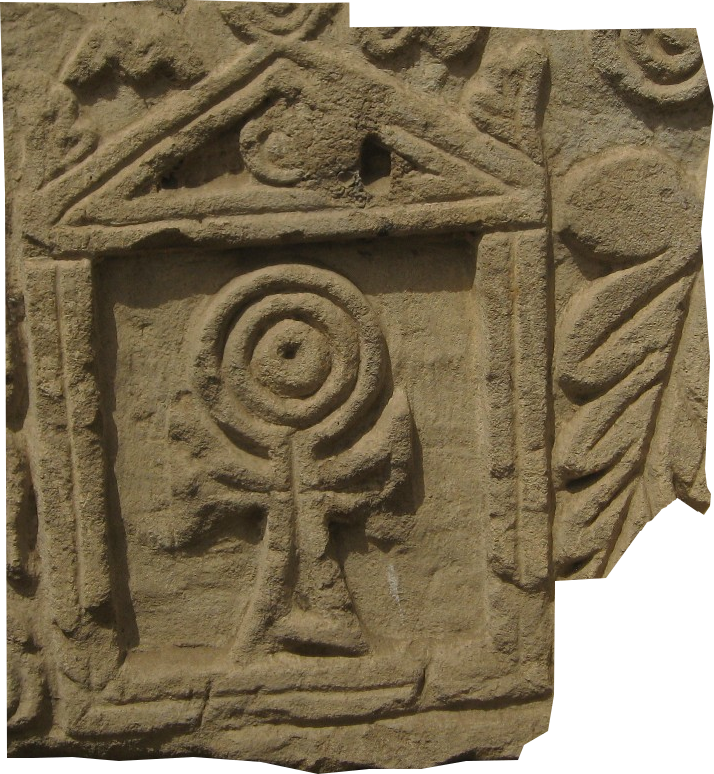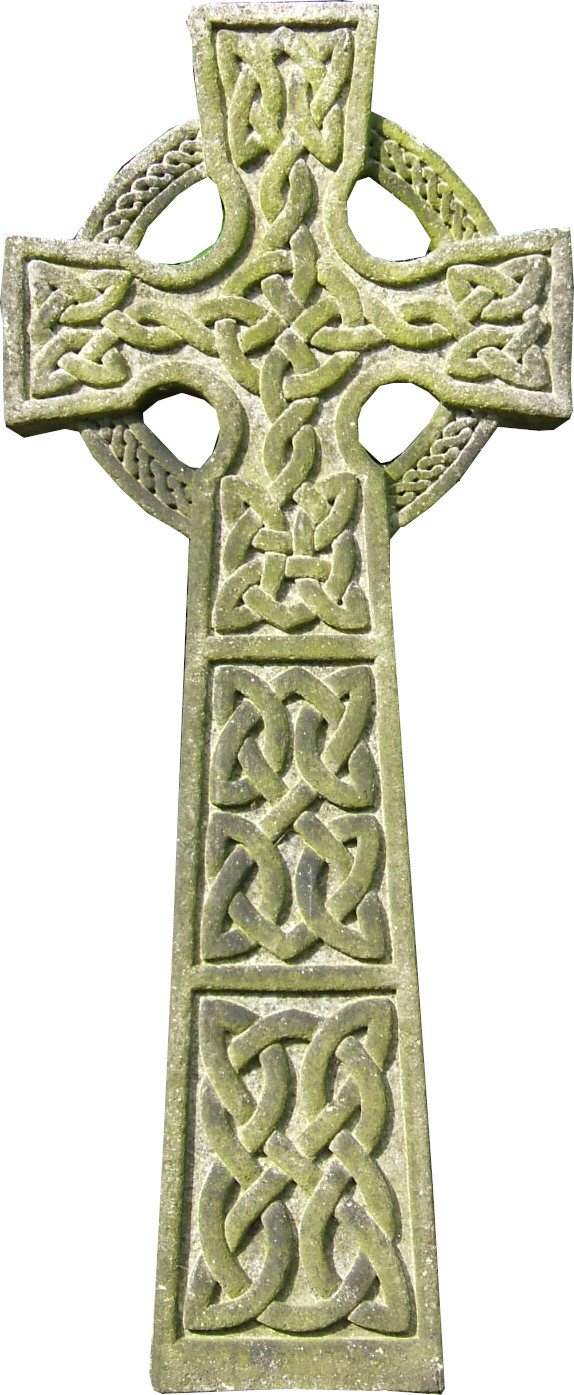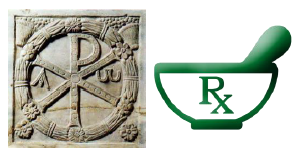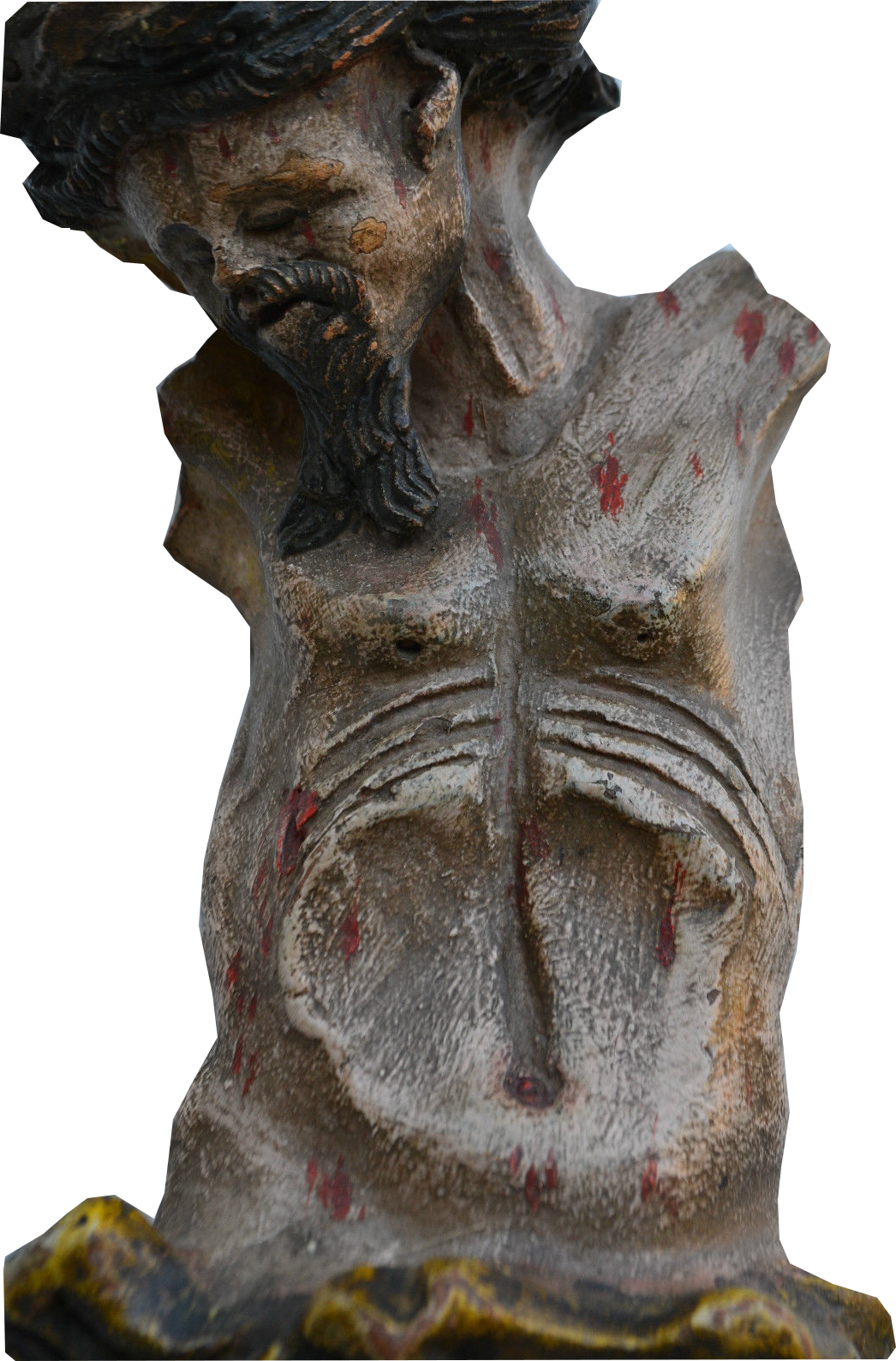Ancient Psychedelia: Alien Gods & Mushroom Goddesses
Online Book - Chapter 14, Page 288
Back to Online Book Mainpage / Next Page (Chapter 14, Page 289)
| Origin of the Christian Cross The cross is a very ancient symbol and its origins have been debated for centuries as to how it came to be and what it stood for in the earliest times. Eventually, we all know it represented the cross that Jesus was supposed to have been crucified on. But why a cross? The cross could be seen as the separation of the seasons into four quadrants. Some ancient versions of the Celtic cross, which can easily be shown to have preceded the use of the cross in Christianity, has a round globe shape at the top which has been interpreted as the sun by some, and by others, the moon. This makes sense of course and can easily be seen by all.   L: Coptic Cross – R: Celtic Cross Chi (uppercase Χ, lowercase χ; Greek: χῖ) is the 22nd letter of the Greek alphabet, pronounced /kaɪ/ or /kiː/ in English. Rho (ρ or ϱ) is the 17th letter of the Greek alphabet. In the system of Greek numerals. “℞” is a symbol meaning “recipe.” Sometimes it is transliterated as “Rx” or just “Rx.” The symbol for medicines in the pharmaceutical industry is Rho Chi. Rho Chi (ΡΧ) is an international honor society for pharmaceutical sciences. It was founded on May 19, 1922 and uses the symbol as its official monogram. The Chi Rho is one of the earliest forms of christogram, formed by superimposing the first two letters—chi and rho. It is interesting coincidence how Jesus Christ ended up with a similar monogram to the medical sciences, unless, of course, it is well understood in the most “enlightened” halls of medicine that Jesus stood for the healing powers of mushrooms and herbs. The Chi-Ro is depicted on a Roman plaque from 340 AD (58f).  (58f) Chi-Ro c. 340 AD |
Jesus Christ himself, appears with a giant mushroom emblazoned on his chest, on church statues and figurines from Europe, c. 1500 AD (58e).  (58e) European Jesus Figure c. 1500 AD The Spiritual Teachings of Christ One of the most memorable quotes I ever read in my earlier years, concerning the falsity of the narrative of the life of Jesus was this next quote by Allegro, from the Sacred Mushroom and the Cross, concerning the language Jesus would have spoken if he were alive and attesting to the fact that the original translations of the New Testament having no actual existence in history: “Even within the Bible, language has hitherto posed a major barrier to research into Christian origins. Jesus and his immediate followers are portrayed as Jews, living in Palestine and adopting Jewish customs and religious conventions. The religion propounded by the New Testament is at root a form of Judaism, but the language in which it is expressed is Greek, a non-Semitic tongue. Words and names like “Christ,” “Holy Ghost,” “Jesus,” “Joseph,” and “Mary” come through Hebrew channels but have Greek forms or translations in the New Testament. The words of Jesus are quoted freely and often given the weight of incontrovertible authority, but in fact nobody knows for certain what he said, since what we have are translations of a supposedly Aramaic original of which all trace has otherwise been lost.” (144) Basically, Allegro is saying, we have nothing we can go back and look at to verify if the translations of Jesus’s words were correct. That’s a very significant statement for a Biblical and linguistic scholar to make. (144) Sacred Mushroom, Allegro, p. 6-7 |
Go Back to Page 287